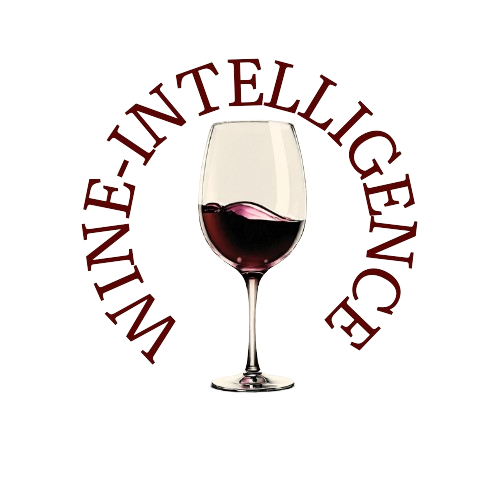The global high-end spirits market — defined by IWSR as bottles retailing for over USD 100 — has hit a challenging phase.
According to IWSR’s 2025 Status Spirits Strategic Study, nearly USD 1 billion in value was wiped off the segment in 2024, marking an -8% decline year-on-year. The downturn reflects the broader pressures on the beverage alcohol sector, from economic headwinds to geopolitical uncertainties.
Global Market Overview
China, once the dominant market for luxury spirits, saw its segment value plummet by -28% in 2024. This dramatic fall, driven by weaker consumer confidence, ongoing anti-dumping investigations, and disruptions in duty free channels, allowed the United States to overtake China as the second-largest market — despite its own -5% decline.
Duty free emerged as a rare bright spot, registering +5% value growth as international travel continues to rebound. With an expected CAGR of +3% between 2024 and 2029, duty free is now poised to become a cornerstone for the category’s recovery. At the same time, smaller but fast-developing markets such as India, Vietnam, and Malaysia are projected to drive new momentum. India alone is forecast to post a +9% CAGR over the next five years, led by robust performances across Scotch, Japanese whisky, and agave-based spirits.
“The duty free channel is benefitting from a broader trend toward experiential luxury,” says Guy Wolfe, Senior Insights Manager at IWSR. “Meanwhile, smaller markets like India and Southeast Asia are becoming increasingly influential in the global prestige spirits narrative.”
Category Performance: Cognac Falters, Scotch Holds Steady
Cognac — historically the cornerstone of the luxury spirits market — suffered another sharp decline in 2024, down -14% in value. The impact of China’s slowdown was severe, and Cognac’s share of the high-end segment has now slipped from 51% in 2019 to just 36%. In contrast, Scotch whisky solidified its position as the category leader, now accounting for 38% of the segment’s value despite an overall -8% contraction.
Scotch’s resilience was bolstered by strong duty free performance and favorable trade conditions, including the recent UK–India free trade agreement. While both blended and single malt Scotch suffered declines, they remained better positioned than Cognac to weather current challenges.
The once-booming high-end agave category, led by tequila in the US, now appears to have reached saturation, with declining launches and cooling consumer enthusiasm. Japanese whisky, on the other hand, continues to grow, driven by exclusive duty free offerings and collector appeal.
“Scotch will likely lead the recovery of prestige spirits,” notes Wolfe. “We expect gradual growth in Japanese and US whiskies as well, while Cognac is projected to rebound from 2027 onward.”
Baijiu Still Reigns Supreme
Baijiu maintains an overwhelming 85% share of the global high-end spirits market, posting a +6% gain in 2024. However, even this powerhouse faces looming risks: China’s economic uncertainty and newly introduced austerity policies could curb future spending on ultra-premium products.
The Buyer: From Rarity to Authenticity
The rapid expansion of luxury spirits releases in recent years has created an oversupply, intensifying competition among producers. As Wolfe explains, “Brand owners must now balance exclusivity with authenticity. Consumers at the top end are no longer impressed by age statements alone — they want genuine craftsmanship, provenance, and meaning behind the label.”
This evolving buyer profile means that limited editions and storytelling are becoming as important as the liquid itself. Brands investing in thoughtful innovation and transparent narratives will be best positioned to thrive once the market stabilizes.
Outlook: Recovery on the Horizon
Despite current turbulence, IWSR projects that the downturn in high-end spirits is cyclical rather than structural. With macroeconomic pressures expected to ease and global travel continuing to recover, moderate growth is anticipated over the next five years. The segment’s evolution will hinge on how producers adapt — balancing exclusivity, authenticity, and innovation to meet a more discerning luxury consumer.
“The winners will be those who continue to invest through the downturn,” concludes Wolfe. “Those focusing on quality and originality will be the ones to capture growth once the rebound begins.”
Source: IWSR

